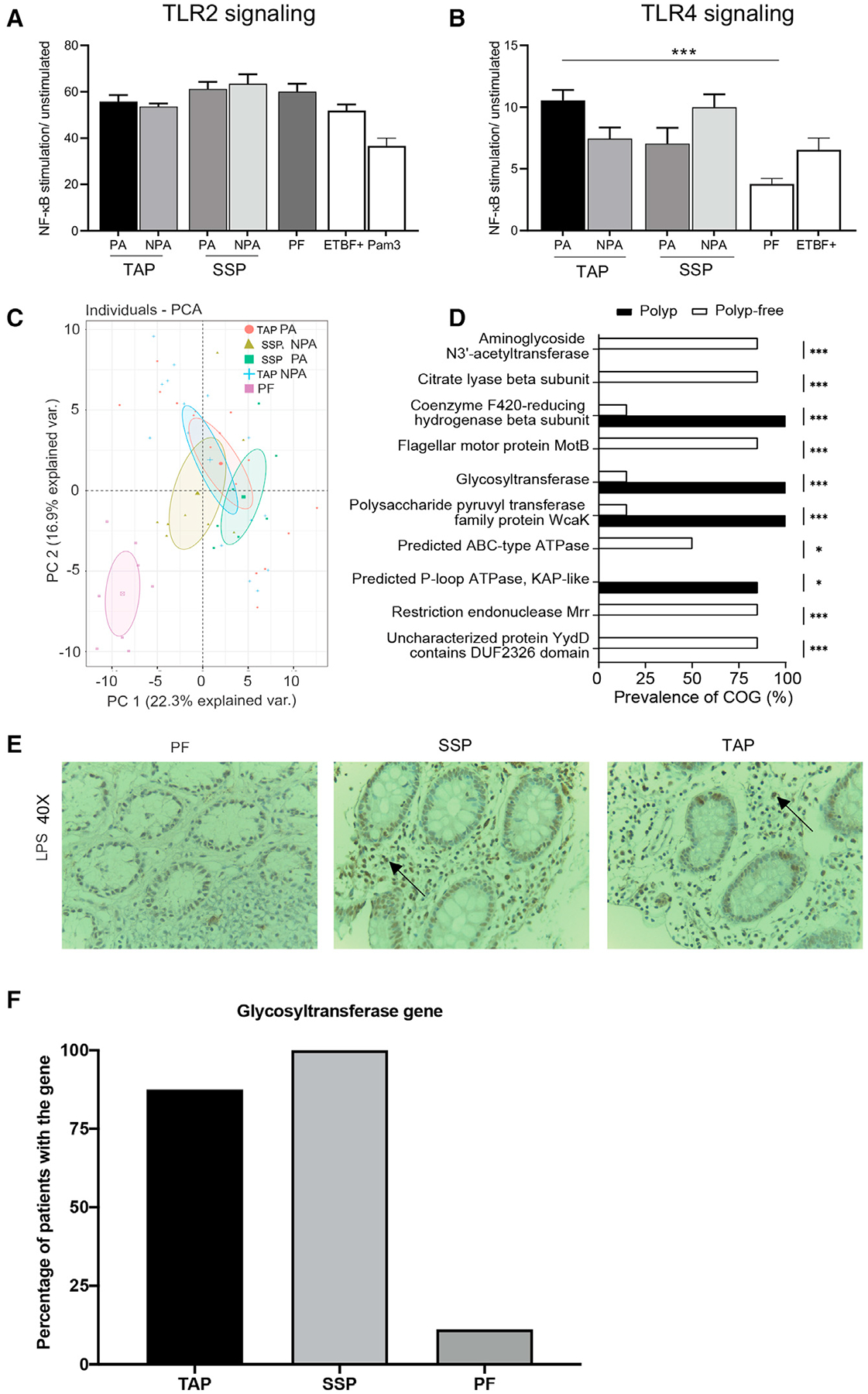Figure 4. Persistent NTBF isolates from patients with polyps are proteomically distinct and enriched with LPS biosynthesis genes.

(A) Fold change NF-kB stimulation of HEK293 cells transfected with TLR2 and infected with supernatants from B. fragilis isolates relative to unstimulated control in relative light unit (RLU). Results are means ± SEM from 3 independent experiments including 16 PA and 16 NPA isolates from 4 different TAP patients, 8 PA and 8 NPA clinical isolates from 2 different SSP patients, and 4 clinical isolates from 1-PF patient. ETBF+ represents the bft positive study isolates that include 4 PA and 4 NPA isolates from 1 TAP patient and 8 isolates from 2 PF patients (by one-way ANOVA with multiple comparisons, *p < 0.05).
(B) Fold NF-kB stimulation of HEK293 cells transfected with TLR4 and infected with B. fragilis isolates supernatants relative to unstimulated control. Results are means ± SEM from 3 independent experiments (by one-way ANOVA with multiple comparisons, *p < 0.05).
(C) Principal component analysis based on peptide mass fingerprint profile of various NTBF B. fragilis isolates. Data are mean ± SEM of ± of 2–3 independent experiments with n = 4–6. Each dot represents the average of technical replicates. Differences are maintained after growing isolates multiple times.
(D) Prevalence of clusters of orthologous proteins based on comparative genome analysis between isolates from patients with polyps and polyp-free patients.
(E) LPS expression revealed by immunohistochemistry (IHC) in CRC patients’ biopsies (40×). Comparison of PF human normal colon tissue section and NTBF positive SSP and TAP tumor sections. Representative picture for 3–4 sections from one biopsy from each type of tissue (PF, SSP, or TAP), no quantitative data available due to tissue restriction.
(F) Percentage of glycosyltransferase gene present in the host gut tissue based on PCR performed on 7 patients with TAP, 6 patients with SSP, and 9-PF patients. See also Figure S4.
